The Wonder Of Animals: Their Roles In Ecosystems
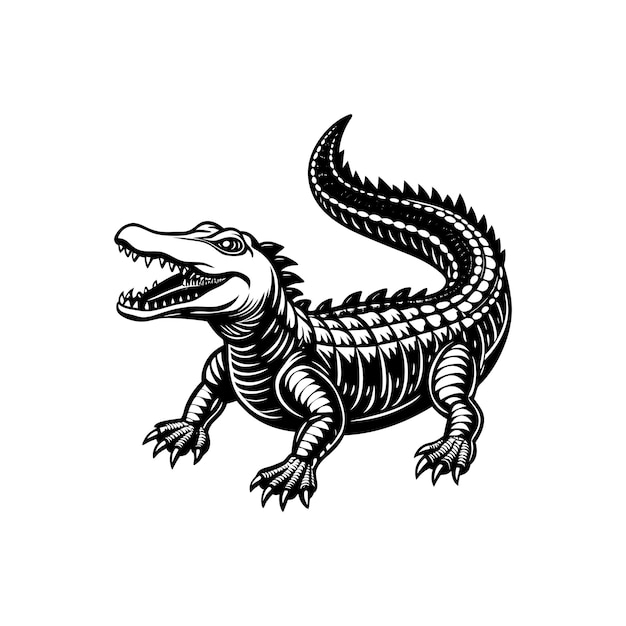
Table of Contents
Animals as Pollinators: The Buzz Behind Biodiversity
The Importance of Pollination
Animals, particularly insects, birds, and bats, are essential pollinators, playing a vital role in plant reproduction. Without them, many plant species, including a significant portion of our food crops, would struggle to survive. The economic value of animal pollination is immense, contributing billions of dollars annually to global agriculture. The decline of pollinators, however, poses a serious threat to food security and ecosystem stability.
- Economic Value: Pollination supports the production of fruits, vegetables, nuts, and other crops crucial for human consumption.
- Pollinator Decline: Habitat loss, pesticide use, and climate change are contributing to the decline of pollinator populations worldwide.
- Animal-Plant Relationships: Specific animal-plant relationships have evolved over millennia, with plants developing adaptations to attract particular pollinators and pollinators specializing in certain plant species. For example, hummingbirds and their long beaks are perfectly adapted to feed from long, tubular flowers.
Different Pollinators, Different Strategies
Different animals employ various pollination strategies. While some rely on wind pollination (like grasses), most flowering plants depend on animal vectors. These strategies involve fascinating adaptations.
- Flower Adaptations: Flowers have evolved diverse mechanisms to attract specific pollinators. These include vibrant colors to attract visual feeders like butterflies, strong scents to lure moths and bats, and nectar rewards to incentivize visits. Flower shape also plays a critical role; for example, the deep tubular flowers of orchids are designed to be pollinated by long-tongued insects.
- Co-evolution: The close relationship between plants and their pollinators has led to a process of co-evolution, where both partners adapt to each other over time. The intricate relationship between the Madagascar long-tongued hawkmoth and the star orchid is a prime example of co-evolution driven by pollination.
Predators and Prey: Maintaining Population Balance
The Predator-Prey Relationship
Predators play a critical role in regulating prey populations, preventing overgrazing and maintaining biodiversity. This predator-prey relationship is a fundamental dynamic in most ecosystems.
- Predator-Prey Examples: The relationship between wolves and elk, lions and zebras, and ladybugs and aphids are classic examples of predator-prey interactions.
- Trophic Cascades: The removal of a top predator (like wolves) can trigger a trophic cascade, where the population of their prey (like elk) explodes, leading to overgrazing and devastating consequences for the entire ecosystem.
Maintaining Ecosystem Stability
The predator-prey dynamic is crucial for maintaining ecosystem stability and preventing the collapse of food webs. Keystone species, which exert a disproportionately large influence on their environment, often play a critical role in this balance.
- Carrying Capacity: Predators help maintain prey populations at or below the carrying capacity of the environment, preventing resource depletion and ecosystem collapse.
- Keystone Species: Sea otters, for instance, are a keystone species in kelp forests; by controlling sea urchin populations, they prevent the destruction of kelp forests, which provide habitat for a wide array of species.
Nutrient Cycling and Decomposition: The Circle of Life
Scavengers and Decomposers
Scavengers and decomposers are essential for nutrient cycling, breaking down organic matter and returning essential nutrients to the soil. This process is fundamental for plant growth and overall ecosystem health.
- Decomposition Process: Scavengers (like vultures and hyenas) consume carcasses, while decomposers (like bacteria, fungi, and insects) break down remaining organic matter, releasing nutrients back into the environment.
- Nutrient Cycling Importance: Nutrients released through decomposition are essential for plant growth, supporting the entire food web.
The Importance of Waste Removal
Animals also play a significant role in waste removal, preventing the buildup of harmful substances and maintaining a healthy environment.
- Waste Consumers: Many animals consume waste products, reducing the accumulation of organic matter and preventing the spread of diseases. Dung beetles, for example, play a crucial role in removing animal dung.
- Impact of Waste Accumulation: The accumulation of waste can lead to pollution, spread of disease, and habitat degradation, negatively impacting ecosystem health.
Seed Dispersal: Planting the Future
Animals as Seed Carriers
Animals play a crucial role in seed dispersal, contributing to plant diversity and forest regeneration by spreading seeds over long and short distances.
- Seed Dispersal Methods: Animals disperse seeds through various mechanisms, including ingestion (where seeds pass through the animal's digestive system), attachment to fur or feathers, and caching (where animals bury seeds for later consumption).
- Examples: Birds, mammals, and even ants play a vital role in seed dispersal. For instance, frugivorous birds consume fruits and disperse seeds through their droppings.
Long-Distance Seed Travel
Animals facilitate long-distance seed dispersal, allowing plants to colonize new areas and adapt to changing environments.
- Long-Distance Dispersal Examples: Migratory birds can transport seeds over vast distances, contributing to plant distribution across continents.
- Implications for Plant Migration: Long-distance seed dispersal is essential for plant migration and adaptation to changing climates.
Conclusion
Animals are integral to the health and functioning of ecosystems worldwide. Their diverse roles, from pollination and predation to nutrient cycling and seed dispersal, are essential for maintaining biodiversity and ensuring the stability of our planet’s natural systems. Understanding the intricate relationships within ecosystems and the crucial contributions of animals is paramount. Let's continue to learn about and protect the vital roles animals play in ecosystems for a healthier future. Learn more about the fascinating world of animal roles in ecosystems and how you can contribute to their conservation.

Featured Posts
-
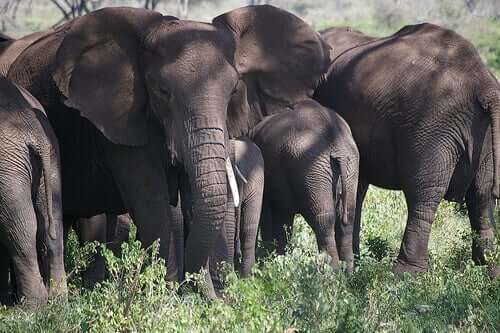 Exploring The Wonder Of Animals Their Intelligence And Social Structures
May 13, 2025
Exploring The Wonder Of Animals Their Intelligence And Social Structures
May 13, 2025 -
 Tasman Council Road Closure A Truckies Realistic Perspective
May 13, 2025
Tasman Council Road Closure A Truckies Realistic Perspective
May 13, 2025 -
 Bar Roma Toronto A Blog To Guide
May 13, 2025
Bar Roma Toronto A Blog To Guide
May 13, 2025 -
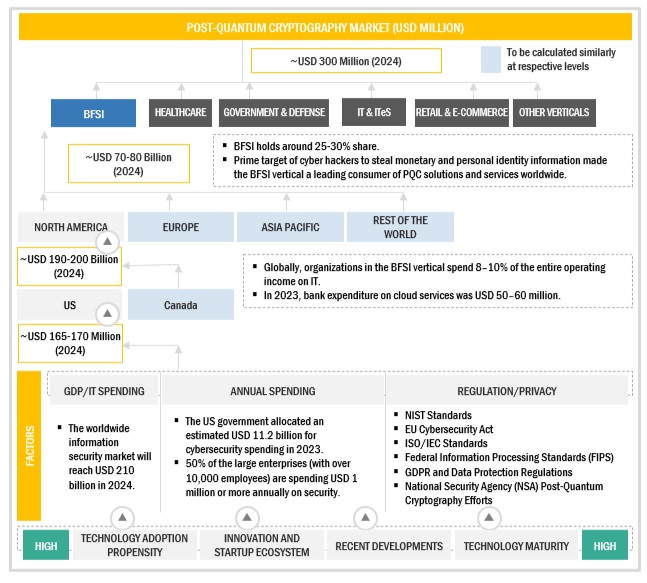 The Rise Of Post Quantum Cryptography Market Projections Algorithmic Advancements And Migration Strategies
May 13, 2025
The Rise Of Post Quantum Cryptography Market Projections Algorithmic Advancements And Migration Strategies
May 13, 2025 -
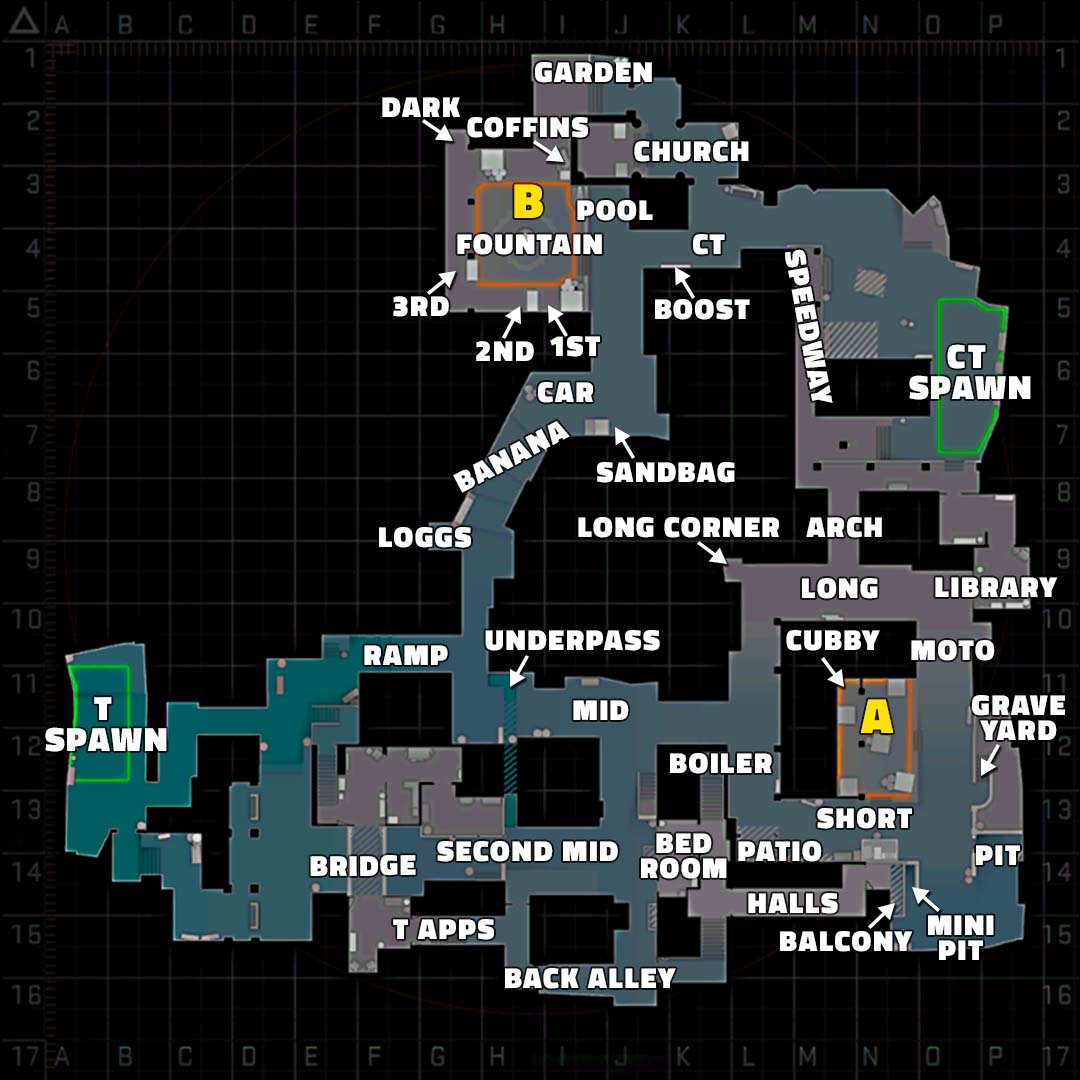 Earth Series 1 Inferno A Comprehensive Guide
May 13, 2025
Earth Series 1 Inferno A Comprehensive Guide
May 13, 2025
Latest Posts
-
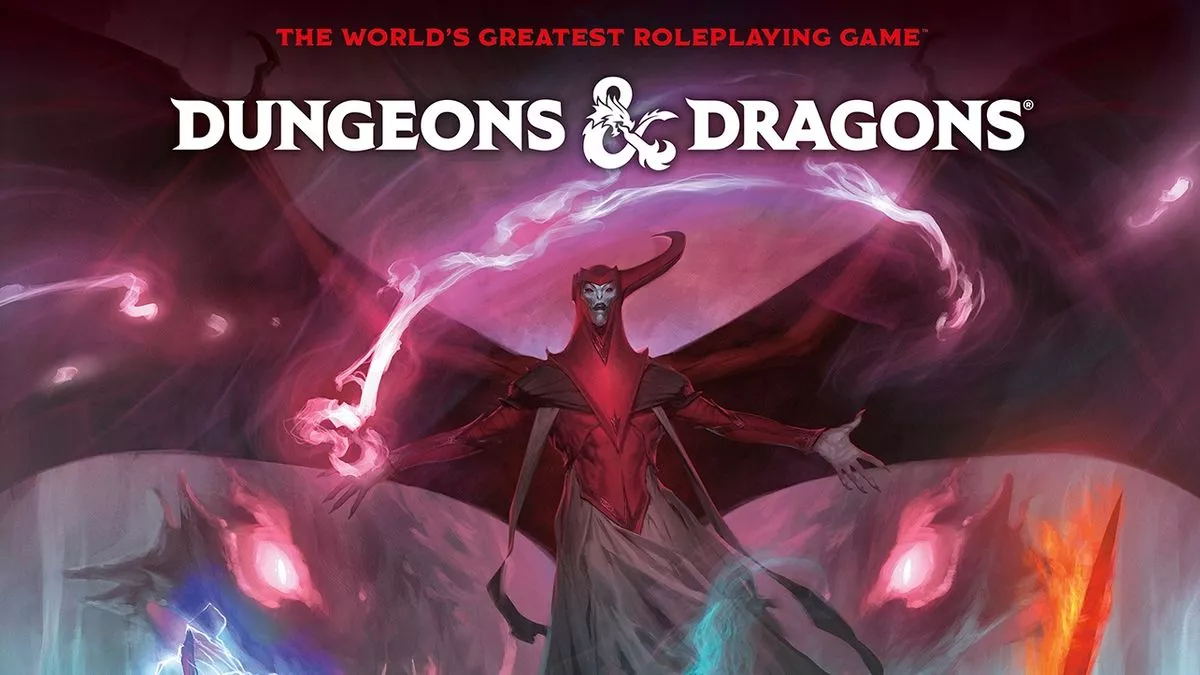 Byd Seal The Ultimate Buyers Guide For 2024
May 13, 2025
Byd Seal The Ultimate Buyers Guide For 2024
May 13, 2025 -
 Byd Seal Buyers Guide A Comprehensive Review
May 13, 2025
Byd Seal Buyers Guide A Comprehensive Review
May 13, 2025 -
 Addendum Analyzing Byds Success In The Ev Battery Market
May 13, 2025
Addendum Analyzing Byds Success In The Ev Battery Market
May 13, 2025 -
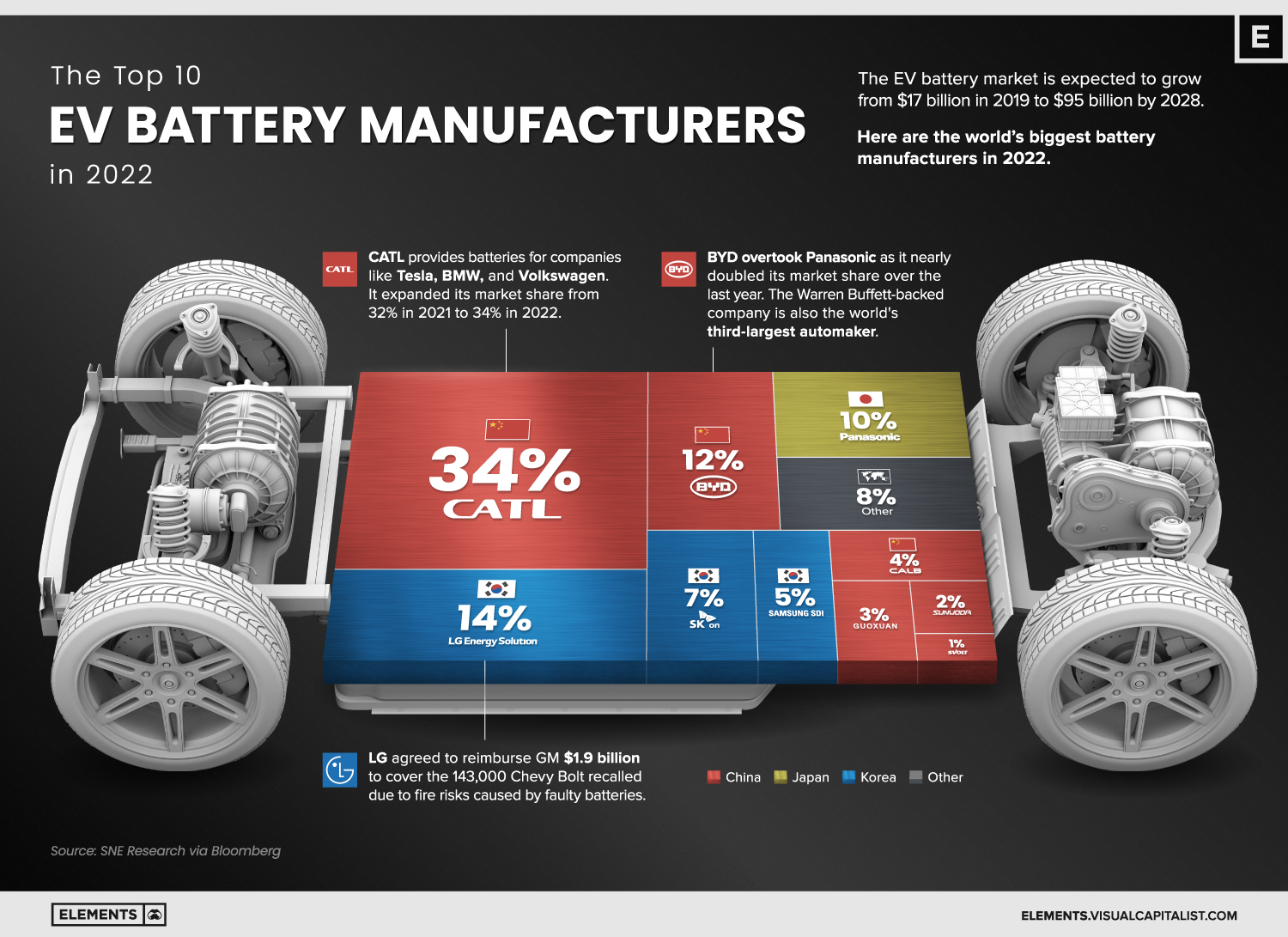 Byd Case Study Examining Their Dominance In Ev Battery Manufacturing
May 13, 2025
Byd Case Study Examining Their Dominance In Ev Battery Manufacturing
May 13, 2025 -
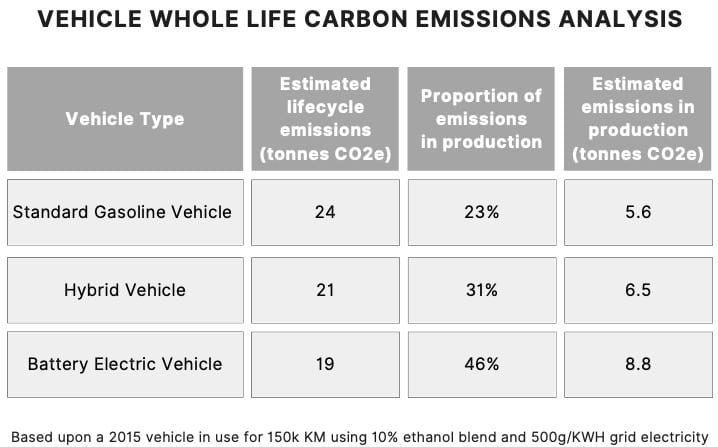 Case Study Addendum Byds Leadership In Electric Vehicle Battery Production
May 13, 2025
Case Study Addendum Byds Leadership In Electric Vehicle Battery Production
May 13, 2025
